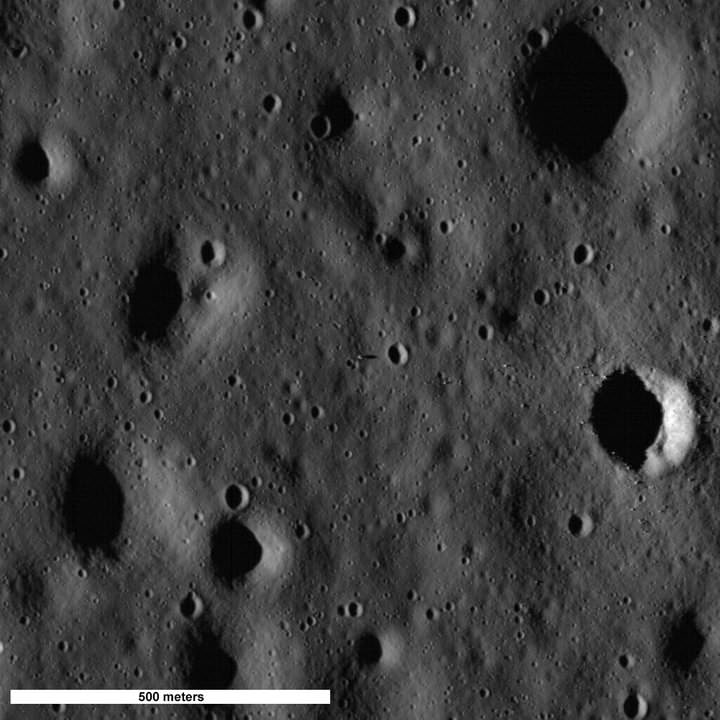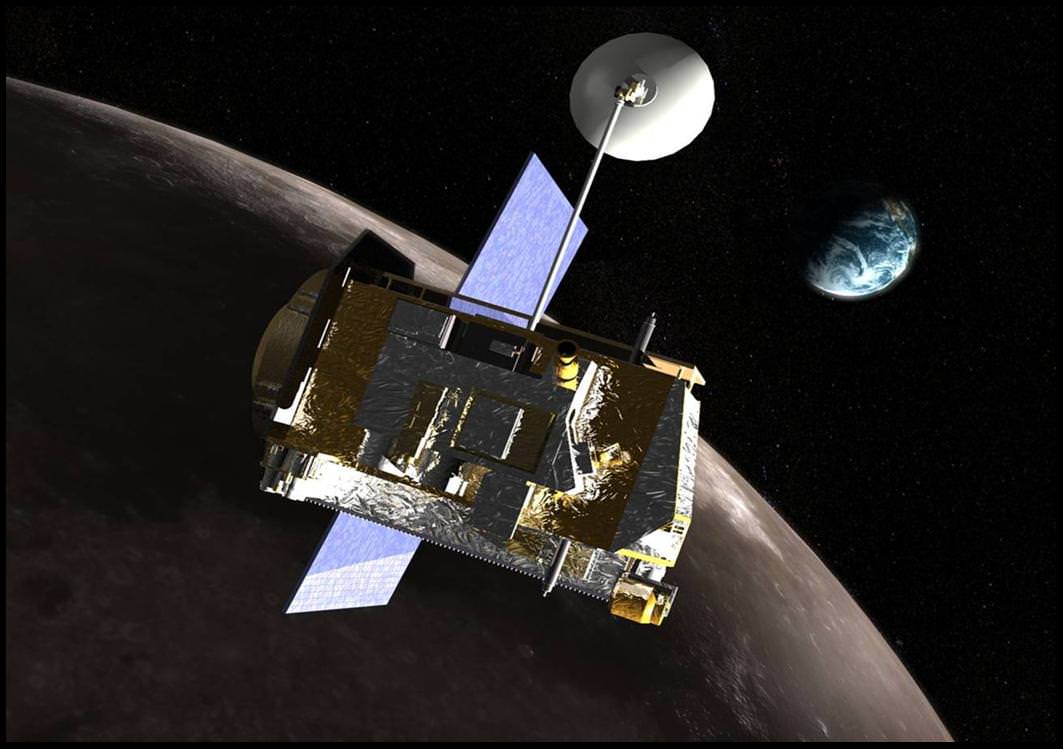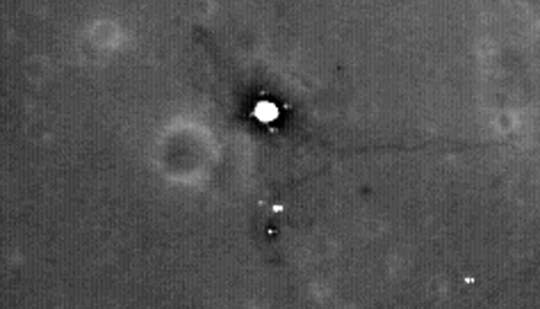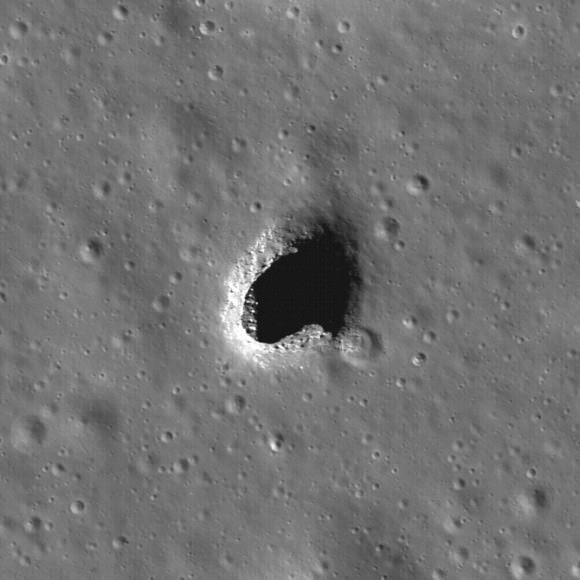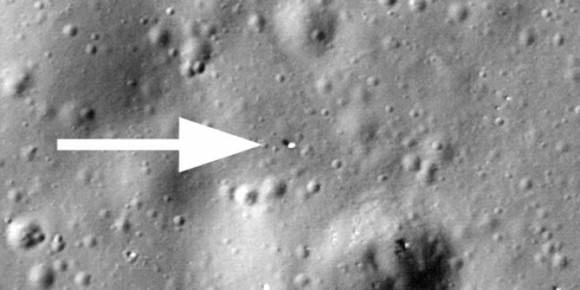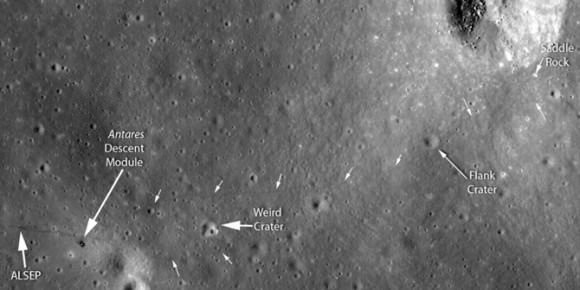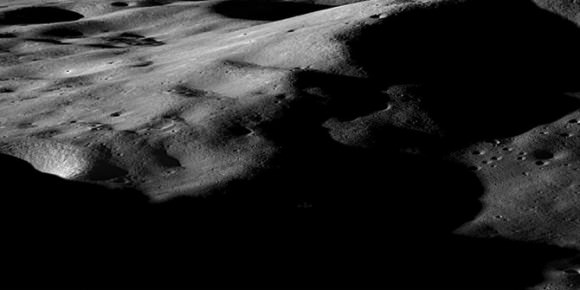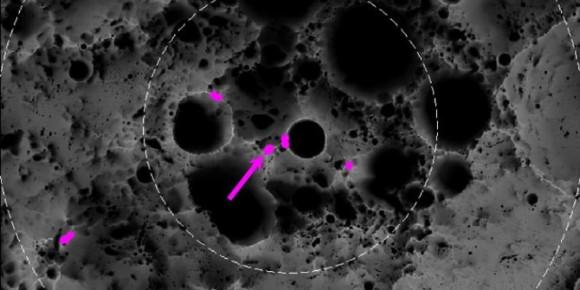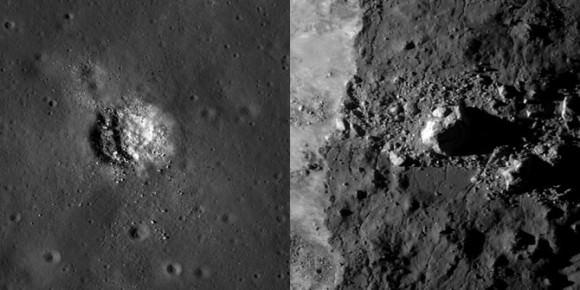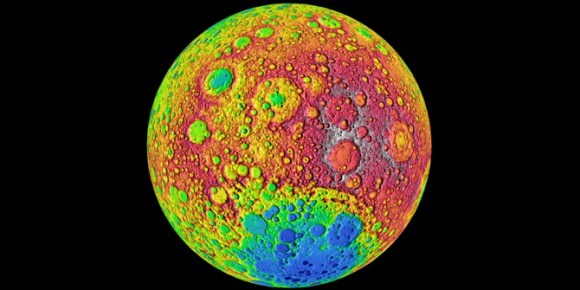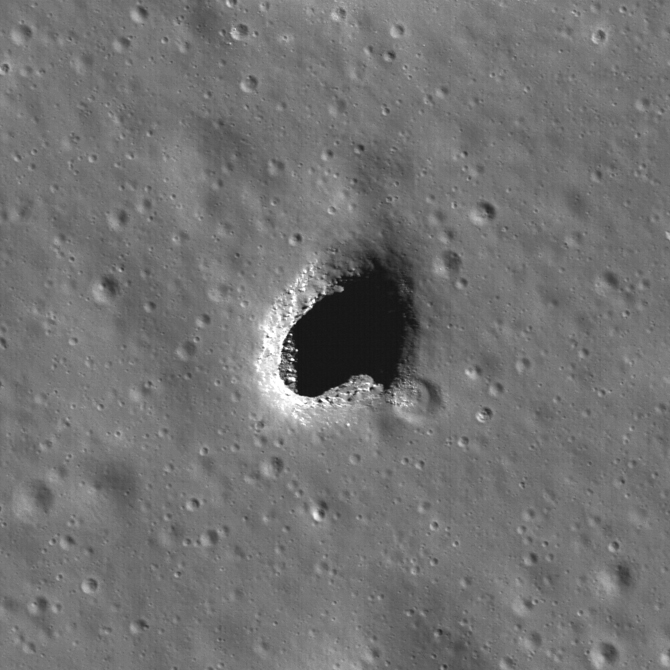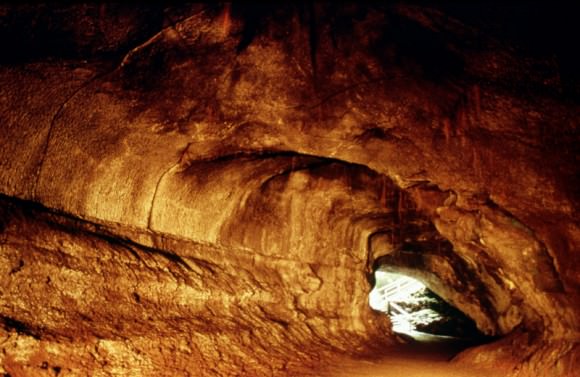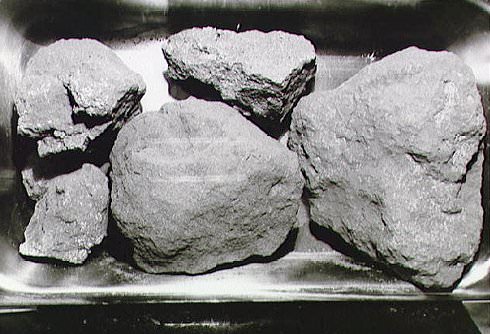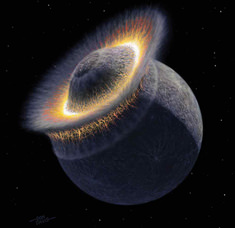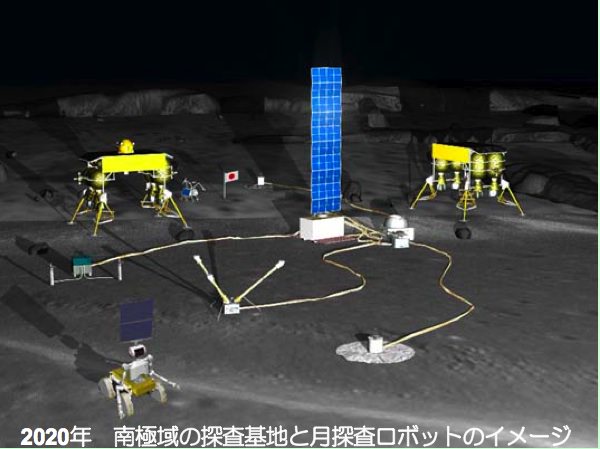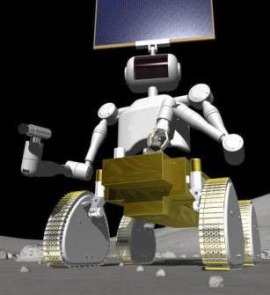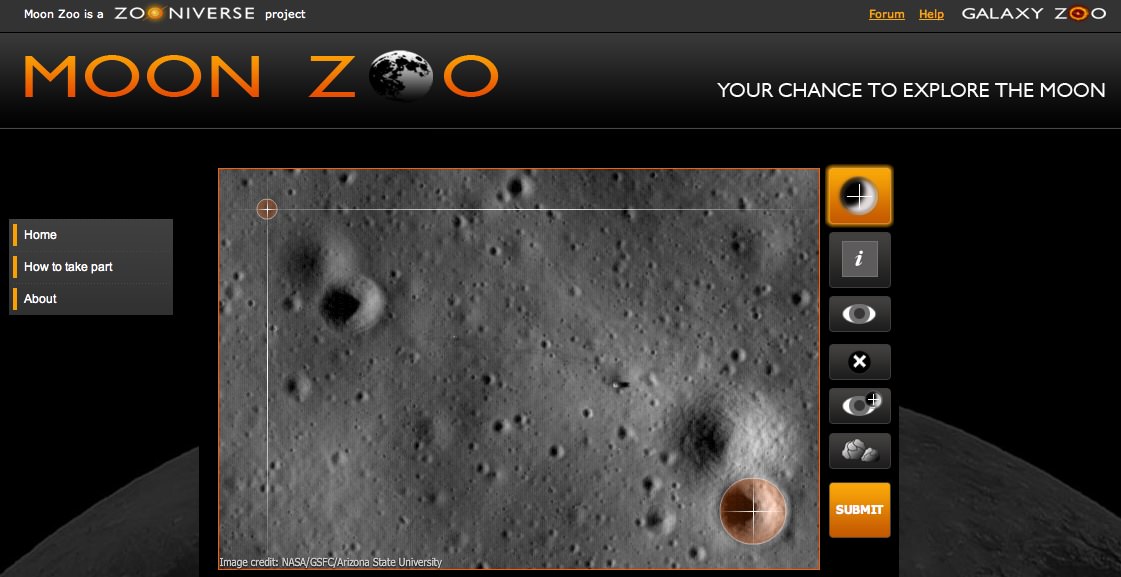[/caption]
If there’s only one thing we’ve learned from all the highly successful recent Moon missions – the Lunar Reconnaissance Orbiter, LCROSS, Chandrayaan-1 and Kaguya — it’s that the Moon is perplexingly different from our perceptions of the past 40 years. The discovery of water and volatiles across the surface and in the permanently shadowed regions at the poles changes so many of the notions we’ve had about Earth’s constant companion. Basically, just within the past year we’ve realized the Moon is not a dry, barren, boring place, but a wetter, richer and more interesting destination than we ever imagined. And so, the proposal for NASA to effectively turn away from any human missions to the Moon, as well as Administrator Charlie Bolden’s ‘been there, done that’ comments is quite perplexing – especially for the lunar scientists who have been making these discoveries.
“It’s been quite a year for the Moon,” said Clive Neal, a lunar geologist from Notre Dame, speaking last week at the NASA Lunar Science Institute’s annual Lunar Forum at Ames Research Center. “And things got quite depressing around February 2010.”
That’s when President Obama proposed a new budget that effectively would end the Constellation program and a return to the Moon.
At the Forum, lunar scientists shared their most recent findings – as well as their attempts to model and comprehend all the data that is not yet understood. But they saved any discussion of NASA’s future until the final presentation of the meeting.
“Hopefully this talk will stop you from running out of here ready to hang yourself or slit your wrists,” quipped Neal, who led the final session.
The week began, however, with keynote speaker Andrew Chaikin – author of the Apollo ‘bible,’ “A Man on the Moon,” and several other space-related books — saying, “We have to erase that horrendous ‘been there done that’ notion.” Chaikin also shared a famous Peanuts cartoon showing Lucy pulling the football out from under from Charlie Brown. No caption was needed for everyone to understand to what Chaikin was referring.
“With all of these new discoveries, we should have ample reason to believe that humans will follow,” said Chaikin. But right now, he added, the man in the Moon looks a little like Rodney Dangerfield. “The Moon wants – and deserves – respect.”
“It appears NASA’s focus might be shifting to Near Earth Objects,” said Neal, “but the Moon is the nearest Near Earth Object. It’s quicker, safer and cheaper to get humans there, and the important thing to recognized that there’s a lot left to explore, and a lot to do on the Moon.”
Only 5% of the Moon’s surface has been explored by humans, and Neal showed scaled maps of the Apollo landing sites overlaid on maps of Africa, Europe and the US, revealing just how small a portion of the Moon has been explored directly by humans. The map below shows the Apollo 11 crew’s movement on the Moon can fit within the size of a soccer (football) field.

Additionally, the latest data reveal that the Apollo sites were in no way representative of the entire Moon.
In light of the proposed plan to give up on the Moon, Neal said there probably is a lot of misperceptions by the American public, as well as in other countries that there’s nothing to do or learn at the Moon. But he believes nothing could be further from the truth.
“What we’ve heard over the last couple of days are fantastic talks and seen wonderful posters in regard to the vibrancy of lunar exploration and science, and seen that exploration enables science and that science enables exploration. The Moon is a Rosetta Stone for solar system exploration and science. The recognition of a possible lunar magma ocean has resulted in terrestrial and Martian magma oceans being proposed. This could be the way terrestrial planets evolve and the Moon is begging us to go back and explore to figure that out.”
There’s also the studies of preserved impacts on the lunar surface which represents a look back in time where we can figure out how to do date planetary surfaces, test cataclysm hypotheses, and study how airless bodies undergo space weathering, which has a direct application to NEO research. Studying cold trap deposits has direct applicability to learning more about the planet Mercury, and lunar regolith contains information about the history of our Sun.
There are proposals for doing radio astronomy from the lunar farside, which will probe the dark ages of the Universe and look back to when the first stars turned on. “So the Moon is a gateway to the Universe,” Neal said. “You can do so much more with the moon — its not just the moon, it’s the solar system and beyond.”
In addition there are many unresolved scientific questions about the Moon. What are the locations and origins of shallow Moon quakes, and large lunar seismic events? How does the lunar regolith affect transmission of seismic energy? What is the nature of the lunar volatiles in the permanently shadowed regions at the lunar poles? What is the mechanism for the adsorption of water, hydroxyl and other minerals recently found on the Moon’s surface? What is nature of lunar core?
When Constellation was proposed, returning to the Moon was said to be a testbed for going on to Mars. It would be a safe and more economical way to test out systems and technology needed for going to the Red Planet. So, what has changed?
Primarily the budget. There weren’t enough funds in Constellation’s coffers to go to the Moon and then Mars. It primarily became a Moon-only program, which many said, didn’t bring us to the “real” destination that everyone really wants: Mars.
And money is still the real issue for not returning to the Moon in the new proposals of going to NEO’s and then Mars. If money weren’t an object, we’d do it all.
But the Moon offers a great local to test out human missions to Mars. “The Moon offers one-sixth of Earth’s gravity,” Neal said,” and we do not know what happens to the human body over time in that gravity, and we can only extrapolate what happens there and on Mars’ one-third gravity. We could test out life support, the growth of crops, the radiation environment and more. The ‘feed forward’ there is quite important where you can simulate a Mars mission on Moon. To develop and test your radiation shielding in the real environment on the Moon is more of a test than flying on the space station.”
Both Neal and Chaikin said they could go on and on about the benefits of returning to the Moon, and they also book-ended the Lunar Forum by saying it is up to the lunar scientists and Moon enthusiasts to educate the public, other scientists and even NASA about the importance of the Moon.
“We have to do a better job of educating the public – even dealing with the conspiracy theorists,” Neal said. “We need to get into schools and educate about what NASA has done, and what they are doing now. We all take responsibility for that.”
“The Moon is not going to get the respect it deserves unless people are out there talking about it,” said Chaikin.


